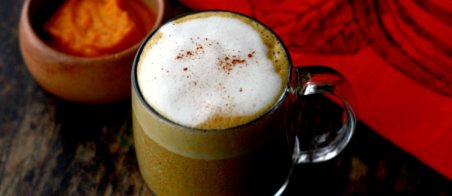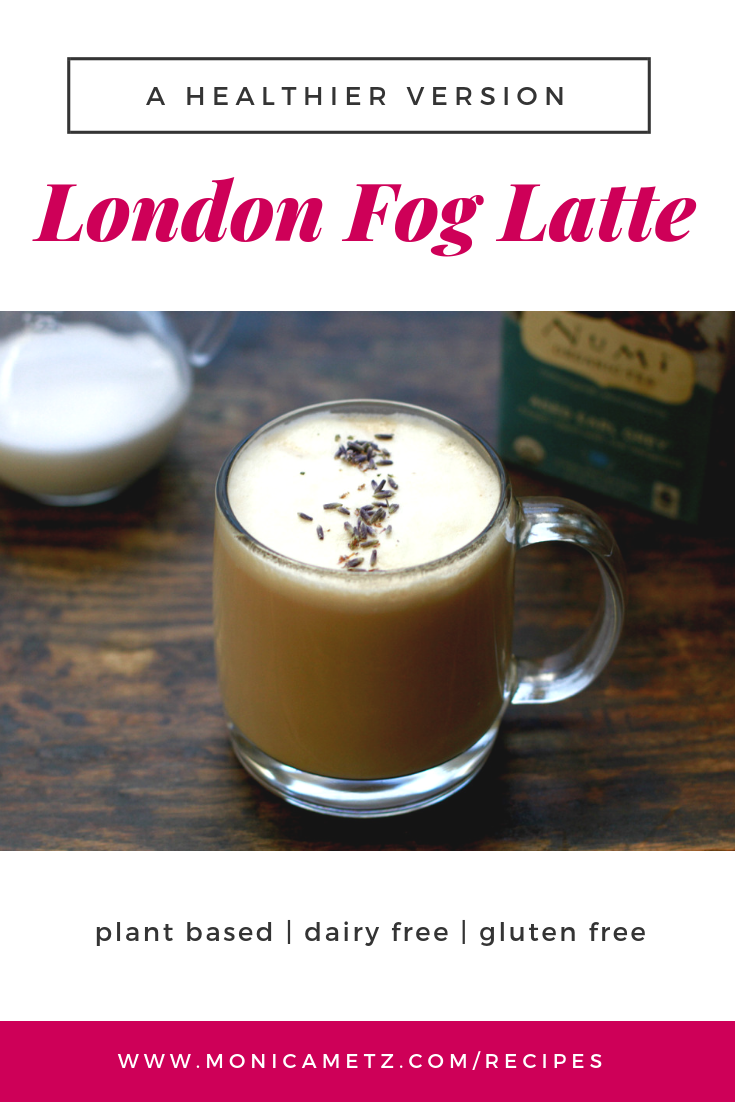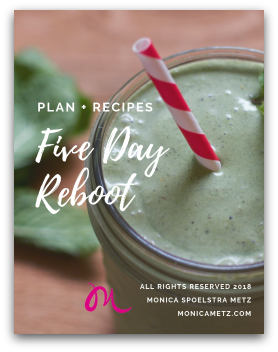It's fall here in the Pacific Northwest, which also means that it's officially latte season.
Of course, fall marks the arrival of the infamous PSL — the coffee shop Pumpkin Spice Latte which is so high in sugar and calories, it's like drinking a Twix.
And soon it'll be time for those yummy — but sugary — peppermint mochas, caramel lattes, and other holiday drinks.
While I have loved these sweet concoctions in the past, at some point I gave them up because they weren't really aligning with my goals for health and wellness.
I mean, don't get me wrong. I survived many a winter on caramel lattes. Correction: extra caramel lattes.
But I've changed. My body has changed over the years. My tastes have changed.
And starting out the day with a blast of sugar, caffeine, and unhealthy fat just doesn't do it for me anymore.
At some point, the body just says NOOOOOO! It tries to get our attention with bloating, poor digestion, breakouts, etc.
And, it's our job to listen, right?
Right!
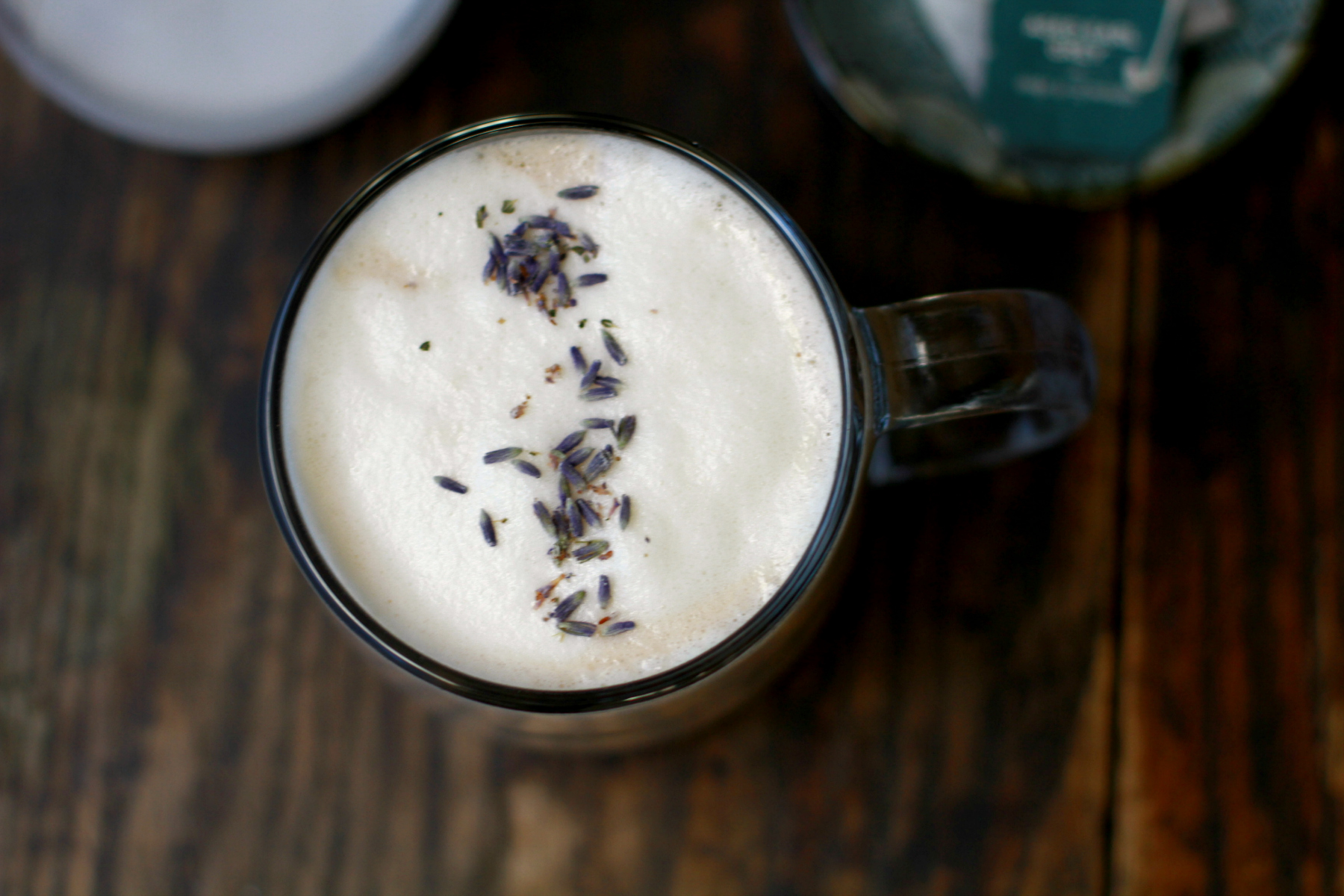
Tips for making healthier lattes
I've spent a lot of time upping my healthy latte game over the years. In fact, I make some sort of latte at home pretty much every morning.
Here are some of my tried-and-true tips:
#1: Wean yourself off caffeine (especially if you're a woman) — As Alisa Vitti, author of The Woman Code says, “If you’re struggling with your period, fibroids, cysts of any kind in the breast or ovary, endometriosis, infertility, low sex drive, moodiness, low energy, and weight issues – coffee is making all of these problems much worse.” Personally, my life got a LOT better when I gave up caffeine. When I went decaf, I instantly saw my anxiety levels drop. I also found that my energy levels were more consistent throughout the day. In other words, no afternoon, post-caffeine slump. Giving up caffeine can also help women reduce hormonal issues such as PMS and hot flashes.
#2: Try plant based milk — Cow's milk can cause all sorts of issues for people. And my clients usually feel a lot better when they start replacing cow's milk with dairy free, unsweetened alternatives such as soy, almond, coconut, and hemp. With these alternatives, my clients find that they experience less bloating, and have improved digestion. For a deeper dive into why it make sense for you cut back on dairy, see my blog post, Dairy: friend or foe? If you want to try making your own delicious nut milk, try my Quickie Almond Milk or Almond Cashew Milk.
#3: Add some healthy fat — Part of the latte's appeal is its creaminess. Sometimes, this can be hard to pull off with a low-fat plant milk. So, I like to add a teaspoon or so of coconut butter. Coconut butter, sometimes called coconut manna, is essentially coconut purée. This is different than coconut oil, which doesn't contain any of the coconut flesh. Adding some coconut butter will give your latte a creamy lushness, and a hint of rich, coconut flavor. Another option would be to blend up your latte with a spoonful of almond butter.
#4: Eliminate refined sugar by using dates or stevia — I often like to sweeten lattes with whole dates (remember to remove the pit!). Dates are high in fiber, as well as trace minerals. Sometimes, though, I'll just use a few drops of stevia. Stevia is a naturally sweet herb that is low on the glycemic index, which means it won't spike your blood sugar like syrups or sweeteners.
#5: Use real foods for flavor — One of the most annoying parts about most coffee shop lattes is that they don't rely on real food for their signature flavors such as pumpkin, vanilla, or lavender. For example, the mainstream PSL doesn't include a lick of real pumpkin! And for the most part, coffee shop syrups are made with artificial flavors, colors, and sweeteners. Not good. So when it comes to making home-made lattes, I like to flavor my drinks with the real deal — ingredients such as pumpkin puree, pure vanilla extract, and edible lavender buds.
Get started with a Healthy London Fog Latte
Speaking of edible lavender buds, boy do I have a treat for you!
Here's my latest latte creation…
I think you're going to love this healthier version of the popular London Fog Latte.
In regular coffee shops, the London Fog Latte is usually made with sweetened Earl Grey tea, as well as vanilla syrup and cow's milk. So, of course, I wanted to see if I could make an at-home version that involved less sugar (or none at all!), as well as plant based milk.
By the way, you can always make a decaf version if you're sensitive to caffeine. Just look for decaf Earl Grey tea at the grocery store.
Here's what I love about this Healthy London Fog Latte — it starts with a heavenly infusion of bergamot from the Earl Grey tea, which is steeped with a teaspoon of culinary grade lavender buds.
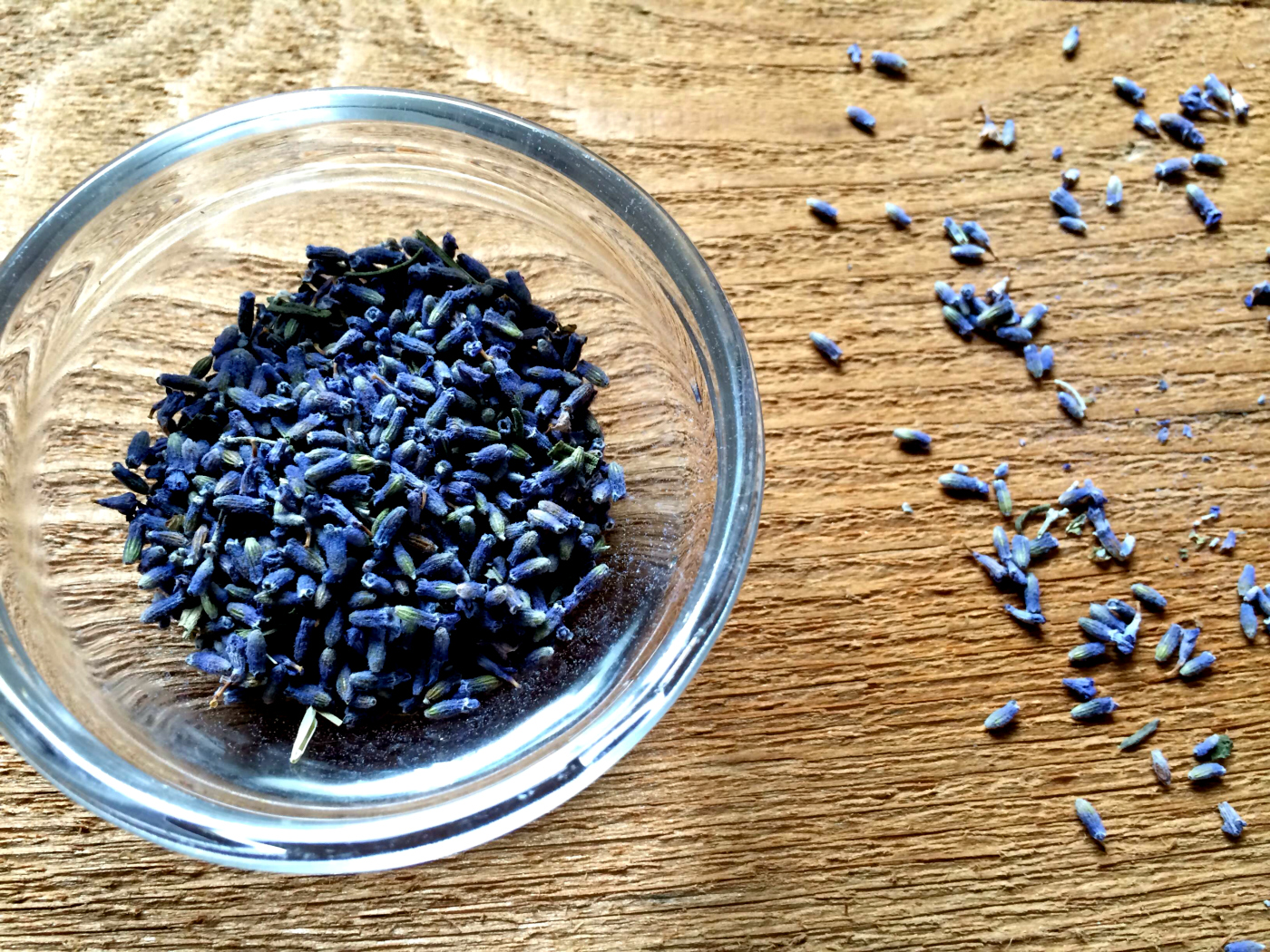
Then, we add some coconut butter for creaminess, pure vanilla (instead of syrup), and blend it all up with some warm plant-based milk. Finally, we sweeten it with a few drops of stevia.
The end result is a creamy, frothy concoction with a hint of sweetness, and a lovely bergamot-lavender scent.
From an aromatherapy standpoint, bergamot is said to lift the spirits, alleviate anxiety, and improve digestion. The oil comes from the bergamot fruit, which is a hybrid between an orange and lemon that is grown in Italy.
Lavender, of course, is well known as a plant medicine for alleviating stress, calming the nerves, and improving brain function.
Want to see my make the London Fog Latte step by step? Great! Just check out the video below…
Video: London Fog Latte
Check out even more Healthy Latte Recipes
I hope you enjoy this “make-under” of the popular coffee shop London Fog Latte.
Other recipes you might want to check out would be the Healthy Pumpkin Spice Latte, Golden Milk Latte, Medicinal Mushroom Latte, and even the Unicorn Latte (below).
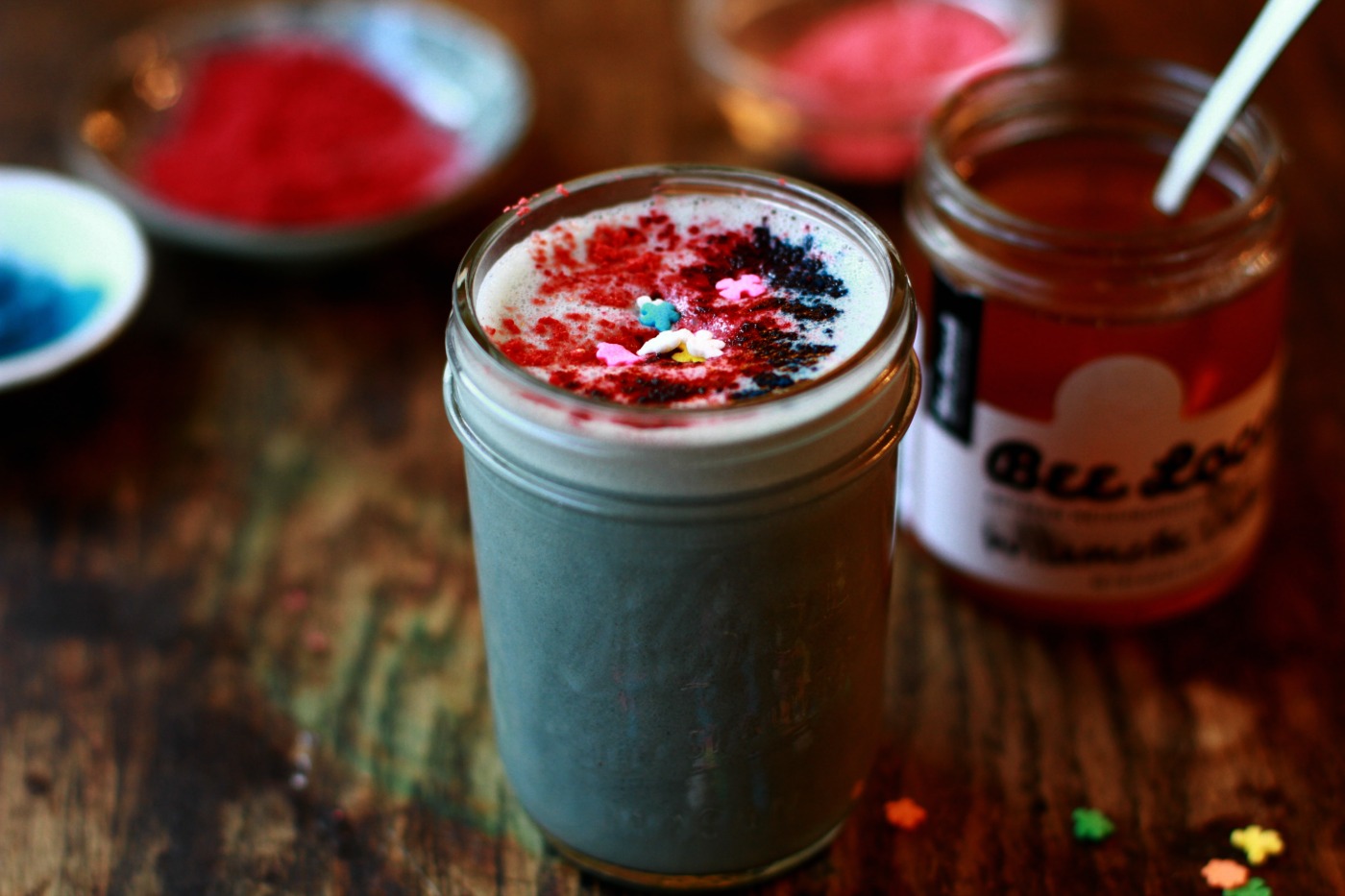
This Superfood Hot Chocolate is also a winner — one of my favorites for fall and winter!
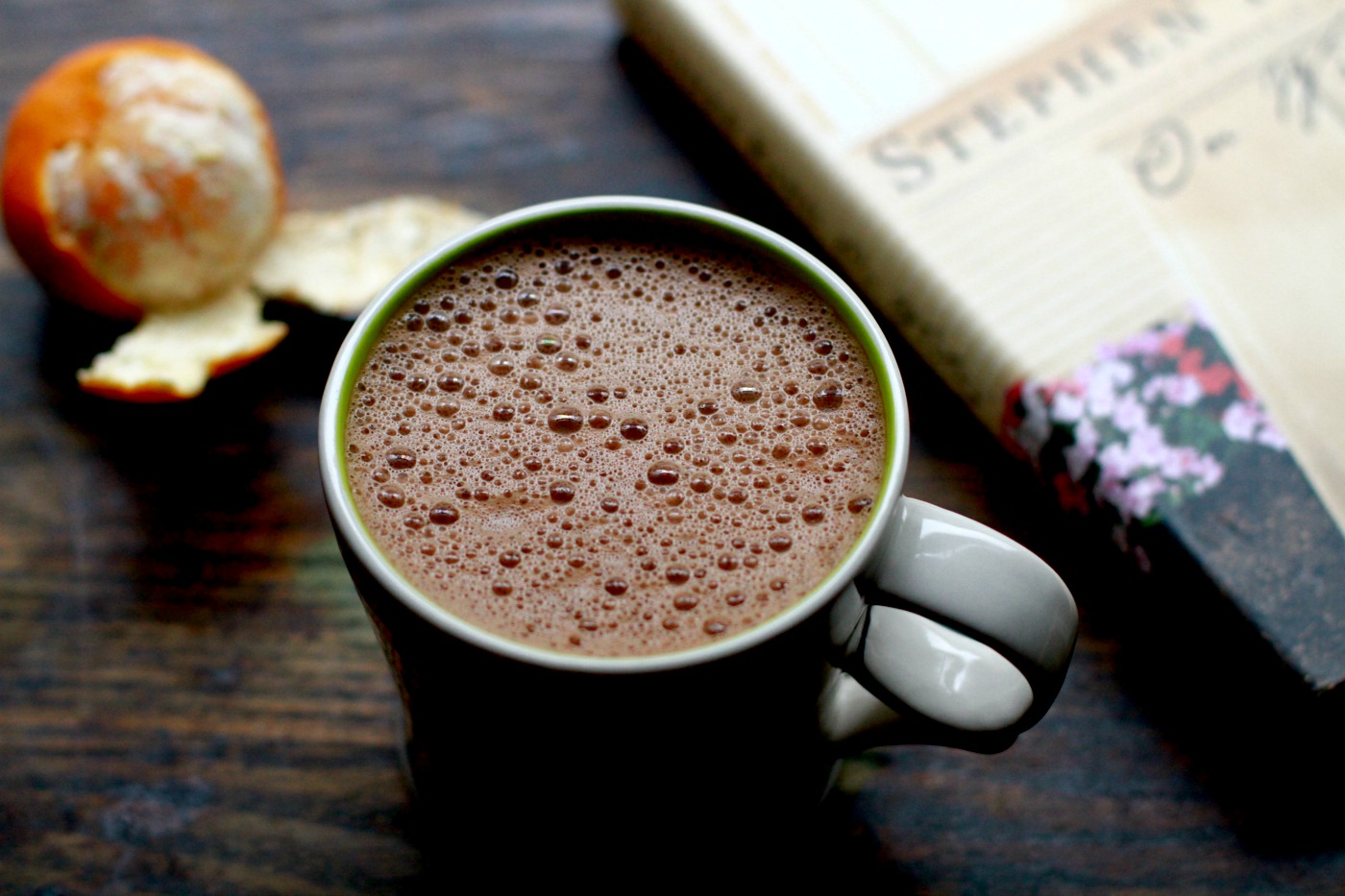
I hope you enjoy these recipes as much as I do.
And if you could use a little more support for your healthy eating goals, be sure to grab the freebie below… my 5-Day Reboot Plan and Recipes.

Happy latte-ing!

